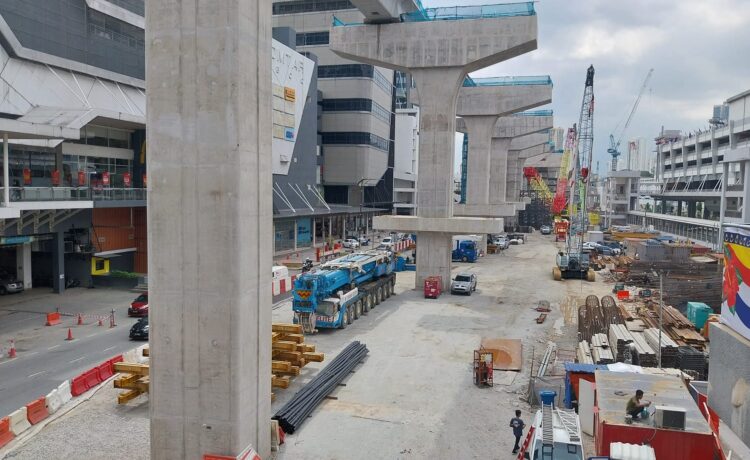MALAYSIA: The Iskandar Malaysia property market is seeing a patchy recovery as it moves past previous oversupply issues.
According to RHB Research, properties near the Rapid Transit System (RTS) Link station at Bukit Chagar are achieving average selling prices of RM1,000 (S$298) to RM1,300 (S$387) per square foot, comparable to many high-end condominiums in Kuala Lumpur City Centre.
However, not all areas in Iskandar Malaysia are “blossoming.” The New Straits Times reported that some completed projects still see prices up to 40 per cent below their initial launch values.
Only projects in prime locations and well-managed commercial properties are attracting interest from buyers, investors, and tourists. Currently, there are around 11 projects situated around the RTS Link station at Bukit Chagar.
The Singaporean government has also advised caution regarding overseas property investments following reports of an oversupply in Iskandar, Malaysia.
A Singaporean lawmaker, referencing data from Malaysia’s National Property Information Centre (NAPIC), said that Johor has the highest number of upcoming property developments in the country.
Despite these concerns, RHB Research remains optimistic about the region’s prospects, particularly with the upcoming RTS Link completion projected for late 2026.
This major infrastructure development is expected to drive significant changes, attracting local and foreign investment. Increased cross-border movement and spending by Singaporean visitors are also anticipated to boost Johor’s retail and hospitality sectors.
According to RHB Research, “The completion of the RTS Link at the end of 2026 will not only see more intense cross-border human traffic, but may also attract Malaysians from other states to relocate to Johor and work in Singapore in the future.”
Rising rental prices in Singapore and a recent increase in additional buyer’s stamp duty for foreigners have also made Johor a more appealing option for those seeking affordable living arrangements.
While the issue of property overhang remains, recent NAPIC data suggests gradual improvement. The number of overhang units in Johor, which peaked at 7,030 in late 2020, has decreased to 4,228 by the end of 2023.
RHB Research anticipates that this number will continue to decrease in the coming years.
The Johor state government’s freeze on new serviced apartment applications in 2015 led major developers to aggressively reduce their unsold inventory starting in 2017. During the market slowdown from 2015 to 2020, developers also cut back on new launches.
With major transport projects like the RTS Link on the horizon, RHB Research expects that overhang units will continue to decline and new demand will emerge, driven by foreign and domestic direct investments.
RHB Research further noted that increased sales by Tier-1 developers in Johor over the past three to four years indicate the Iskandar Malaysia property market is recovering better than initially perceived.
The report pointed out that these sales have largely come from landed residential and commercial properties within ongoing township projects. /TISG
Read also: Johor’s Shenzhentrification: Can Malaysia really mirror Shenzhen’s success?
















